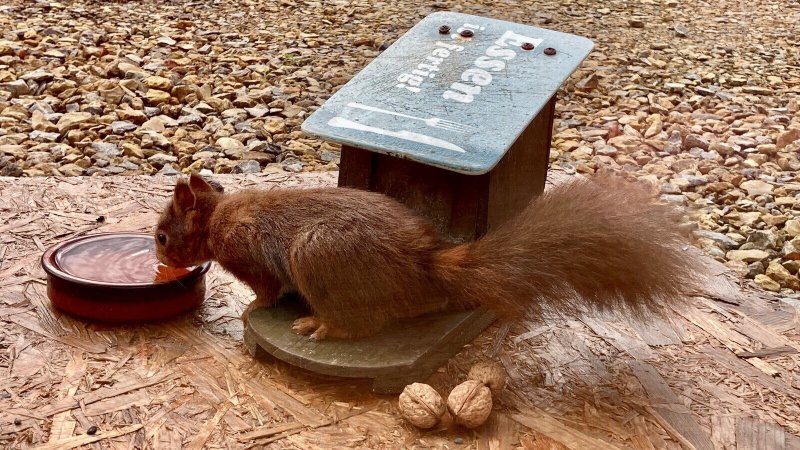Gardens, once viewed primarily as aesthetic spaces, are increasingly recognized as valuable ecosystems that can play a crucial role in biodiversity conservation and environmental monitoring. One fascinating aspect of gardens is their potential to serve as indicators of environmental health through the presence and behavior of various animal species. These garden-dwelling creatures can offer valuable insights into the overall state of local ecosystems and aid conservation efforts in several ways. In recent years, researchers have turned their attention to the study of garden animals as environmental indicators due to the accessibility of these spaces and the diverse range of species that inhabit them. Birds, insects, amphibians, and mammals are among the many animals that call gardens home, and their interactions within this confined environment can provide essential information about broader ecological dynamics. Bird species are particularly notable indicators due to their sensitivity to environmental changes. A decline in certain bird populations can indicate shifts in insect populations, which in turn might signal disruptions in food chains or pesticide overuse.
 The presence of certain bird species, such as songbirds, can also reflect the health of ecosystems by indicating the availability of suitable habitats and nesting sites. Insects, often overlooked but essential to ecosystem functioning, play a critical role in pollination and nutrient cycling. Monitoring insect populations in gardens can offer early warnings of habitat degradation or the impacts of pesticides. Declines in pollinator populations, for example, can have cascading effects on plant reproduction and food production. Amphibians, such as frogs and salamanders, are particularly sensitive to changes in moisture levels and habitat quality. The presence or absence of these species in gardens can provide insights into local water and soil conditions. Their susceptibility to environmental changes also makes them valuable indicators of broader ecological health. Mammals like squirrels, rabbits, and even urban-adapted foxes are commonly found in gardens. Their presence can reveal information about the availability of resources, such as food and shelter, as well as potential human-wildlife conflicts. Monitoring mammal populations can help researchers understand how urbanization impacts wildlife behavior and distribution.
The presence of certain bird species, such as songbirds, can also reflect the health of ecosystems by indicating the availability of suitable habitats and nesting sites. Insects, often overlooked but essential to ecosystem functioning, play a critical role in pollination and nutrient cycling. Monitoring insect populations in gardens can offer early warnings of habitat degradation or the impacts of pesticides. Declines in pollinator populations, for example, can have cascading effects on plant reproduction and food production. Amphibians, such as frogs and salamanders, are particularly sensitive to changes in moisture levels and habitat quality. The presence or absence of these species in gardens can provide insights into local water and soil conditions. Their susceptibility to environmental changes also makes them valuable indicators of broader ecological health. Mammals like squirrels, rabbits, and even urban-adapted foxes are commonly found in gardens. Their presence can reveal information about the availability of resources, such as food and shelter, as well as potential human-wildlife conflicts. Monitoring mammal populations can help researchers understand how urbanization impacts wildlife behavior and distribution.
Conservation efforts can benefit immensely from garden-based environmental indicators. Regular monitoring of these indicators can offer an early warning system for environmental changes, allowing for timely interventions. Additionally, engaging local communities in monitoring garden animals can foster a sense of ownership and awareness about conservation issues. To effectively utilize garden animals as environmental indicators, it is important to establish baseline data and long-term monitoring programs. Citizen science initiatives can play a significant role in data collection, as individuals can contribute observations from their own gardens. Combining these observations with traditional scientific methods can provide a comprehensive understanding of local ecosystems. The diverse array of Tier im Garten that inhabit gardens can serve as valuable indicators of environmental health. By closely observing their presence, behavior, and interactions, researchers and conservationists can glean insights into broader ecological dynamics, detect early signs of environmental degradation, and formulate effective strategies for conservation. As we continue to grapple with ongoing environmental challenges, gardens and their inhabitants offer a unique opportunity to better understand and protect the natural world.
Categories: Pets